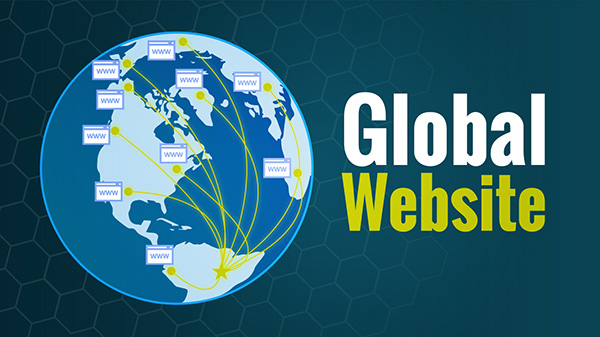Preparing your website for international audiences can help attract more visitors, engage with a wider range of customers, and increase your global reach. Here are some steps you can take to make your website more accessible and appealing to international audiences:

1. Multilingual Support: Provide multilingual support for your website by translating your content into languages that your target audiences speak. Tools like Google Translate can help you to instantly translate your content into other languages. You can also hire professional translators to ensure the translation is accurate.
2. Localization: Localize your website to suit the regional customs, preferences, and cultural practices of your target audience. This may include using local currencies, units of measurement, date formats, and images that resonate with the target audience.
3. Search Engine Optimization (SEO): Optimize your website using international SEO best practices to ensure your website ranks high on search engines in the target market. This includes optimizing website content and meta tags in the local language, using local keywords and online directories, and including hreflang tags to specify language and geo-targeting.
4. Test Your Site Performance: Make sure that your website loads quickly and works well for users in different parts of the world. This can include optimizing images and content for faster loading speeds, as well as using a Content Delivery Network (CDN) to distribute your site globally.
5. Payment and Shipping Options: Provide international payment and shipping options to your customers to make it easier for them to purchase from your website. Adding popular international payment processors such as PayPal, Alipay, or WeChat Pay can help you reach more customers worldwide.
6. Legal Compliance: Ensure that your website complies with the legal requirements and regulations for the target audience. Regulations such as GDPR or CCPA should be properly addressed.
By following these steps, you can create a website that is optimized for international audiences, and that can help you reach more customers, build a global brand, and increase your business’s visibility and profitability.
Advantages of Preparing Your Website for International Audiences
1. Increased Reach: Preparing your website for international audiences can increase your reach beyond your current target market, helping you attract and engage more customers globally.
2. Competitive Advantage: Offering a website that is tailored to the language and cultural preferences of international audiences can set you apart from competitors who only offer content in one language.
3. Increased Sales and Revenue: By providing multilingual support, local payment options, and international shipping, you can create a better experience for your customers and increase your sales and revenue.
4. Improved SEO: Optimizing your website for international audiences can improve your search engine rankings in other countries, ultimately helping you attract more website visitors and potential customers.
5. Enhanced Customer Experience: Providing a website that is optimized for international audiences can help create a positive customer experience and build long-term relationships with your customers.
Disadvantages of Preparing Your Website for International Audiences
1. Increased Complexity: Preparing your website for international audiences can make the site more complex, as it needs to cater to different language, cultural and payment options, which requires additional tools and resources.
2. High Upfront Cost: The cost of translating, localizing, and optimizing your website for international audiences can be high, especially if you hire professional translators, developers or digital marketing experts.
3. Regulatory and Legal Challenges: Before launching your website in a new market, you need to ensure it meets regional laws on consumer protection, data privacy and other regulations which can be time-consuming and expensive.
4. Lack of Personalisation: Trying to cater to multiple languages and cultures also poses a challenge to create personalised content for each target audience, which may lead to information overload and a less engaging user experience.
Conclusion
Overall, preparing your website for international audiences comes with advantages such as reaching new markets, improved search engine rankings, and increased sales. However, it also comes with challenges such as increased complexity, upfront costs, regulatory challenges, and difficulty in personalization. It’s essential to weigh these factors carefully and consider which internationalization practices align with your business goals, budget, and target market.

